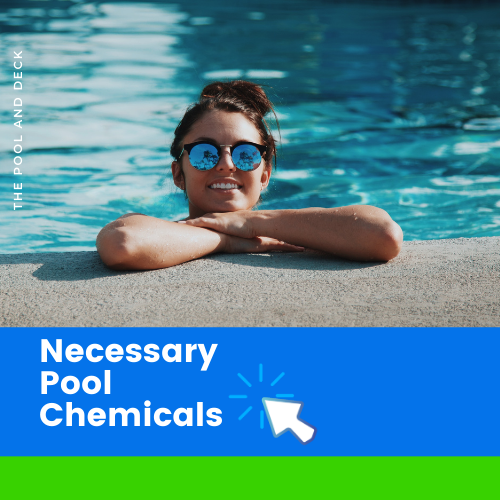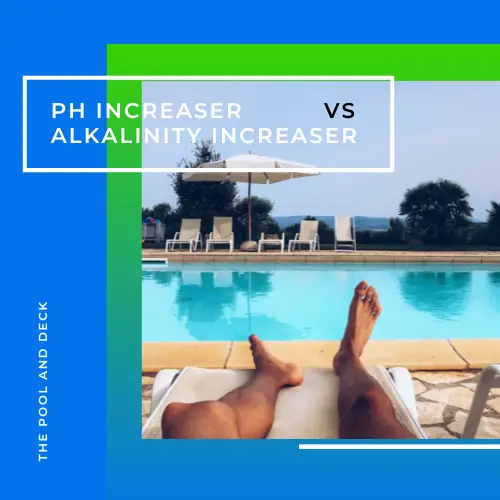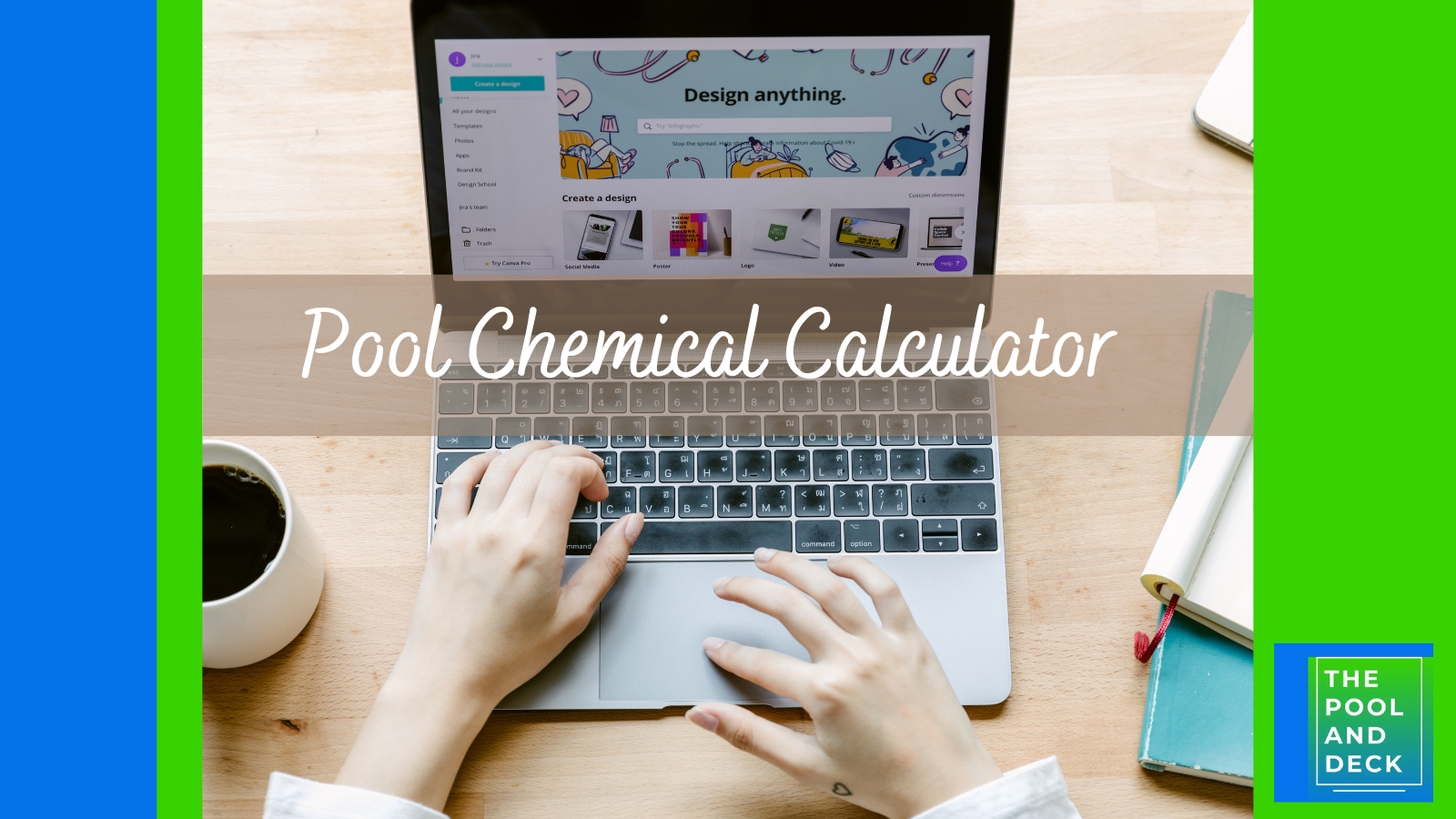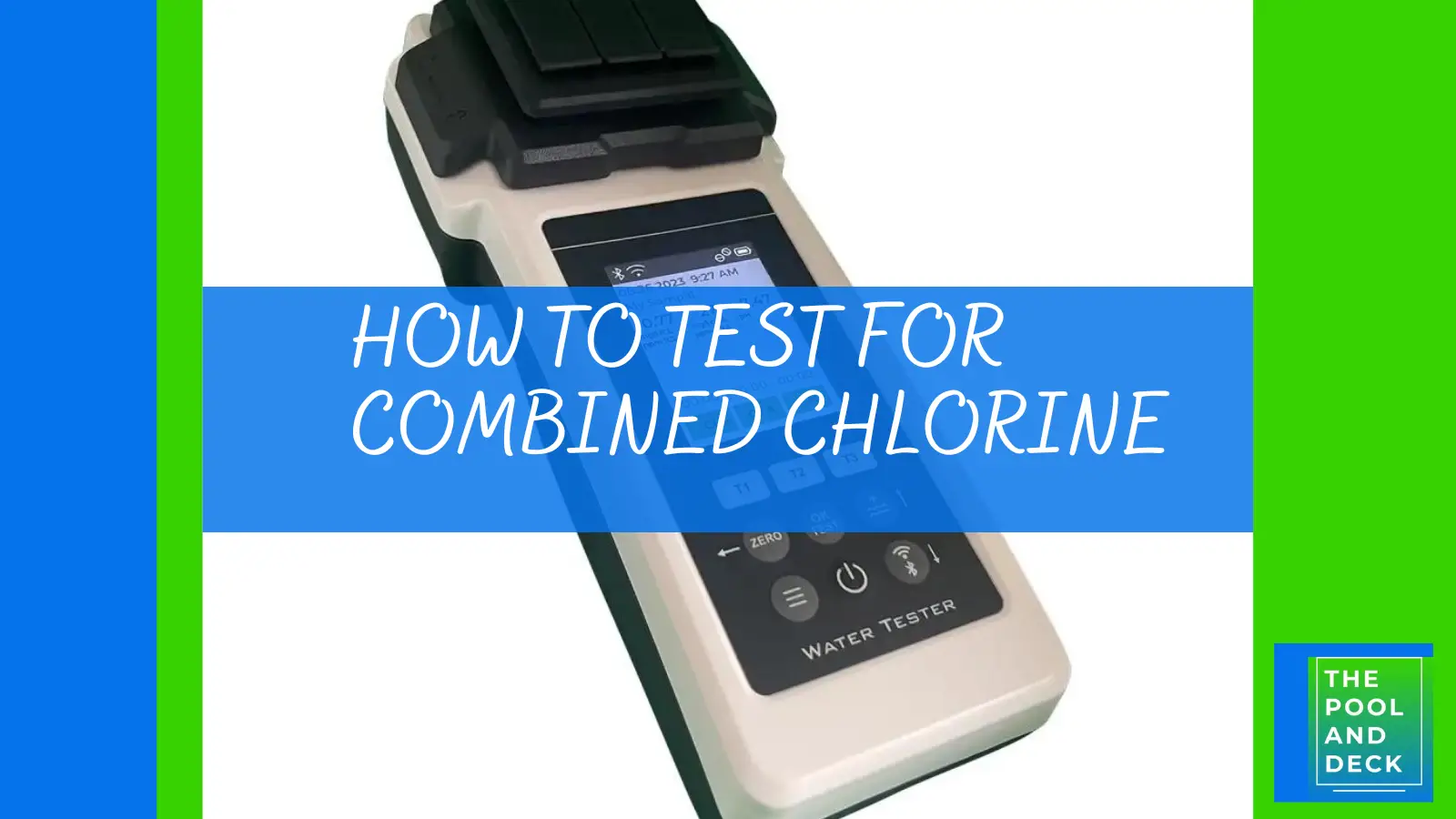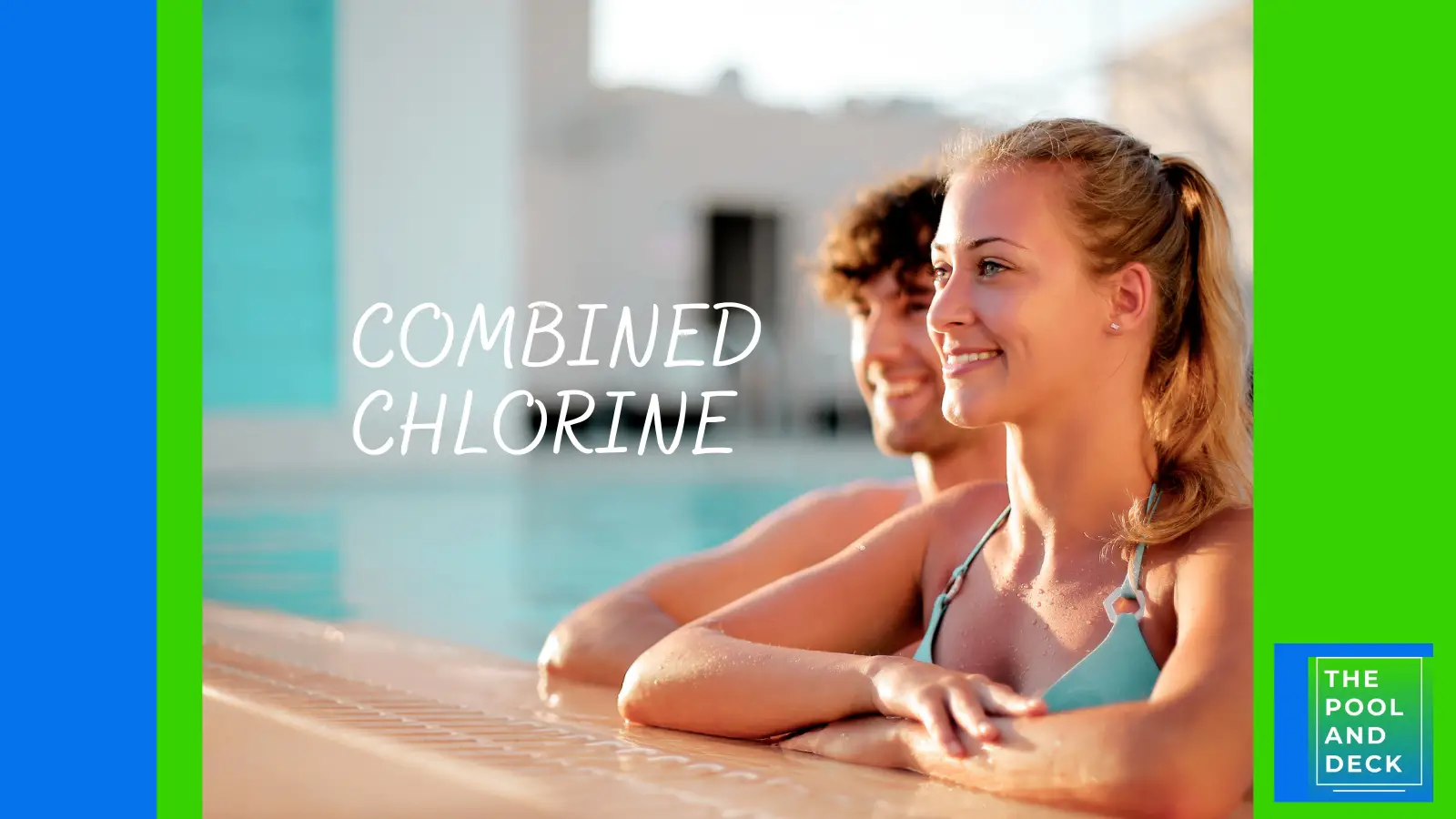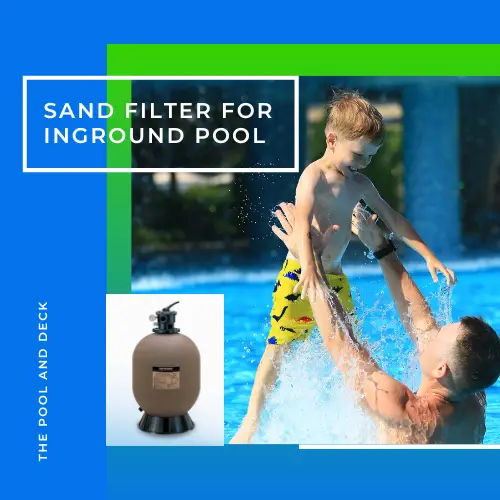Powder Shock vs Liquid Shock: Which One is Really Better?
Table of Contents
Which One is Better; Powder or Liquid Shock?
Powder Shock vs Liquid Shock; the dilemma every pool owner struggles with! The fact is that both are effective in getting the job done.
Both Cal Hypo, a powder shock and liquid chlorine are unstabilized chlorine sources so they will not add cyanuric acid (CYA) to your pool.
Cal Hypo (a powder shock) is better than liquid chlorine. Cal Hypo has a chlorine concentration of 65 – 70% compared to only 12 – 15% in liquid chlorine. Not only is Cal Hypo more cost-effective, it is easier to store, even for long periods.
Dichlor, another popular powder shock is great too but only if the cyanuric acid levels in your pool are low!
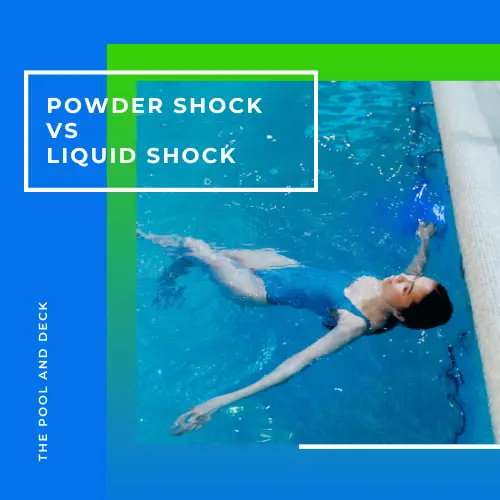
In this article I explain the basics and list down the pros & cons of powder shock vs liquid shock so that you can make an informed decision.
thepoolanddeck.com is a participant in the Amazon Services LLC Associates Program, an affiliate advertising program designed to provide a means for sites to earn advertising fees by advertising and linking to Amazon.com . The website is also an affiliate of a few other brands. The affiliate links never increase your purchase price. We do appreciate your support. Thank you very much!
Click on the image below to reach the page with all the Necessary Pool Chemicals.
What is Pool Shock?
You add chlorine on a regular basis to your pool water to keep it sanitized and safe for swimming. To be effective chlorine level must be maintained between 2 and 4 ppm.
Pool shock on the other hand is added, typically once a week, to spike up the chlorine level to around 30 ppm overnight. Pool shock overwhelms and removes contaminants, harmful pathogens and algae.
The pool chlorine levels typically return to within the recommended range by morning!
Simply stated, pool shock is pool chlorine on steroids.
Below is a table of 4 of the most commonly used sources of chlorine for a swimming pool.
| Common Name | Chemical Name | Unstabilized/ Stabilized | Commonly Sold as | Active Chlorine (%) | Used as |
| Liquid Chlorine | Sodium Hypochlorite | Unstabilized | Liquid | 10 – 12.5% | Shock |
| Cal Hypo | Calcium Hypochlorite | Unstabilized | Powder | 65 – 70% | Shock |
| Dichlor | Dichloro-S-Triazinetrione | Stabilized | Powder | 56% | Shock |
| Trichlor | Trichloro-S-Triazinetrione | Stabilized | Tablets | 90% | Sanitizer |
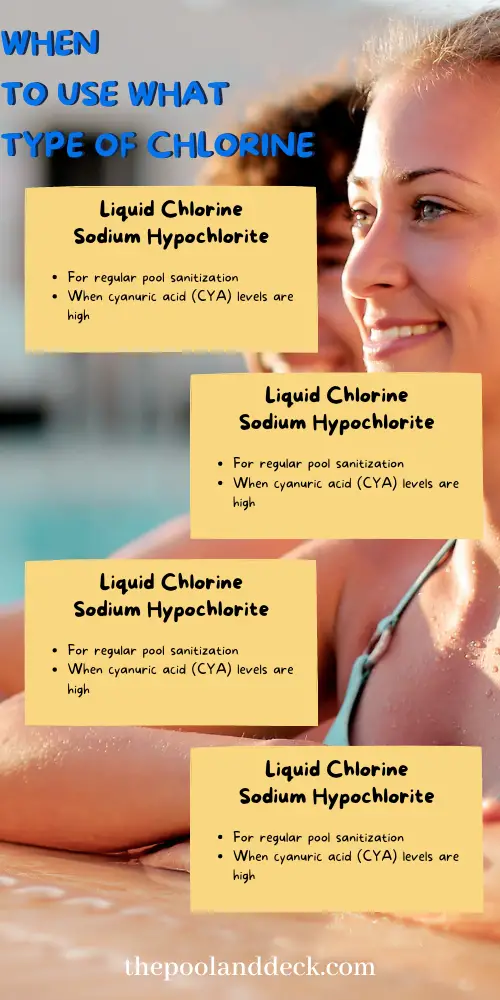
In addition to the above there are a few other options:
Powder Shock
- Lithium hypochlorite is a fast-acting oxidizer that is known for its ability to dissolve quickly in water. However, the cost is on the higher side and the availability is also limited.
- Potassium peroxymonosulfate (PPMS) is a non-chlorine shock treatment. While PPMS Shock is effective at oxidizing organic contaminants in pool water, it may not be as effective at killing algae.
Liquid Shock
- Cal-hypo liquid brings the power of chlorine and the convenience of being a liquid. It is easier to use as it can be added directly to the pool water. However, storage and handling could be a problem.
- Potassium peroxymonosulfate (PPMS) liquid is a possibility but is not very effective against algae.
What is Powder Shock?
Powder Shock is a granular form of shock treatment made up of powerful oxidizing agents, typically a form of chlorine, that can help break down and eliminate organic matter in the water.
Powder shock is preferred when you need to quickly and effectively sanitize pool water. It will eliminate bacteria, algae, and other contaminants in the pool water very fast.
I recommend using HTH Ultra Pool Shock – Calcium Hypochlorite (Cal-Hypo).
Powder shock is useful after a pool party or heavy use of the pool as organic matter such as sweat, sunscreen, and bacteria can quickly build up in the water. This buildup can lead to cloudy, unpleasant water and create an environment for bacteria and algae to grow.
Using a powder shock treatment can quickly eliminate these contaminants and restore the water to a clear, healthy state. Overall, powder shock is a powerful tool for maintaining a healthy and inviting pool.
- The most common type of powder shock is calcium hypochlorite, which is a powerful oxidizing agent that is effective at eliminating bacteria and algae in pool water.
- Another popular type of powder shock is lithium hypochlorite, which is a fast-acting oxidizer that is known for its ability to dissolve quickly in water.
- Sodium dichloroisocyanurate (SDIC) is another type of powder shock that is popular among pool owners. SDIC is a fast-dissolving shock treatment that is effective at sanitizing pool water and eliminating bacteria and algae.
- Finally, there is potassium peroxymonosulfate (PPMS), which is a non-chlorine shock treatment that is a good option for those who want to avoid using chlorine in their pool.
What is Liquid Shock?
The most common types of liquid shock is sodium hypochlorite, also known as liquid chlorine. Sodium hypochlorite is easy to use and is typically added directly to the pool water, in small amounts depending on the size of the pool.
However, it is not very effective as shock as the active chlorine content is quite low.
Cal Hypo is also sold in liquid form. Basically it is powder Cal Hypo that has been pre-dissolved in water. This saves you the trouble of mixing it at your end.
Potassium Peroxy Mono Sulfate (PPMS) liquid is a non-chlorine shock treatment. It is effective at breaking down organic matter and sanitizing the water. It is a good choice for those who want to avoid using chlorine in their pool. It is also easy to use and can be added directly to the pool water.
Powder Shock vs Liquid Shock: Similarities & Differences
Similarities
- Spike up chlorine levels of pool water
- Used weekly or when contaminants are too high
- Supplement the regular use of chlorine or other pool sanitizers
Differences
- Powder shocks have a much higher %age of Active Chlorine
- Powder shocks can be sprinkled on the pool surface. However, pre-dissolving in water helps to dissipate them faster
- Liquid shocks are easier to use as they can be poured directly into the pool
- Liquid shocks tend to be less cost-effective
- Cal Hypo increases pH, total alkalinity and calcium hardness more than Liquid Chlorine
- Dichlor increases cyanuric acid level which liquid chlorine does not
What are the Pros & Cons of Powder & Liquid Shock?
Here are some of the pros & cons of powder & liquid shock:
Pros of Powder Shock:
- Higher %age of Active Chlorine as compared to liquid shock
- More cost-effective and affordable
- Easy to buy, can be ordered online
- Easy to store as takes up less space
- Can be stored for longer periods of time
- Dichlor does not alter pool pH
Cons of Powder Shock:
- Must be pre-dissolved in water for best dissipation
- Cal Hypo increases pH, total alkalinity and calcium hardness
- Dichlor increases cyanuric acid level in pool
Pros of Liquid Shock:
- Easy to use as can be poured directly into the pool
- Does not leave any residue
- Will not increase calcium hardness or cyanuric acid level
Cons of Liquid Shock:
- More expensive than powder shock
- Can not buy liquid chlorine online
- Has a short shelf life of just 4 – 6 weeks
- Deteriorates if exposed to heat or sunlight
- Will increase pool pH substantially
- Will increase total dissolved solids in the pool
- Must be careful during application as it is basically concentrated bleach
For more information check out my Pool Chemistry for Beginners: With 5 Super Helpful Cheat Sheets!
Thank you very much for reading the post. I do hope you found it informative and helpful.

